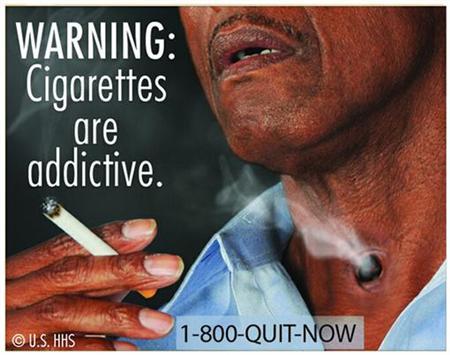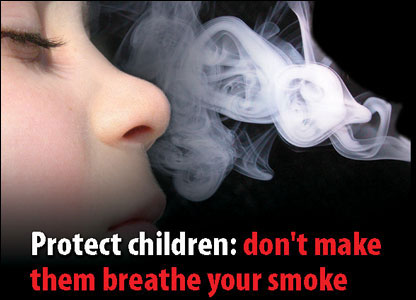Federal Judge Blocks Graphic Ads on Cigarette Packages
Posted on
A judge on Monday blocked a federal requirement that would have begun forcing tobacco companies next year to put graphic images including dead and diseased smokers on their cigarette packages.
U.S. District Judge Richard Leon ruled that it’s likely the cigarette makers will succeed in a lawsuit to block the requirement. He stopped the requirement until the lawsuit is resolved, which could take years.
Leon found the nine graphic images approved by the Food and Drug Administration in June go beyond conveying the facts about the health risks of smoking or go beyond that into advocacy – a critical distinction in a case over free speech.
More than likely there will be an appeal, but the images will not be placed on cigarette packages for the foreseeable future.
Matthew Myers, president of the Campaign for Tobacco-Free Kids, urged the Obama administration to appeal the ruling that he said “is wrong on the science and wrong on the law.” He said a delay would only serve the financial interests of tobacco companies that spend billions to downplay the health risks of smoking and glamorize tobacco use.
“Studies around the world and evidence presented to the FDA have repeatedly shown that large, graphic warnings, like those adopted by the FDA, are most effective at informing consumers about the health risks of smoking, discouraging children and other nonsmokers from starting to smoke, and motivating smokers to quit,” Myers said in a statement. “Because of that evidence, at least 43 other countries now require large, graphic cigarette warnings.”
Congress instructed the FDA to require the labels, following the lead of the Canadian regulations that require similarly graphic images on cigarette packs. The cigarette makers say their products have had Surgeon General warnings for more than 45 years, but that they never filed a legal challenge against them until these images were approved.





